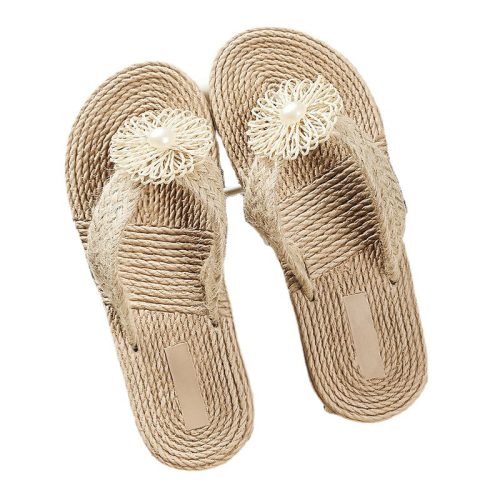When it comes to wearing flip-flops during pregnancy, there are a few things to keep in mind:
- Look for supportive flip-flops: During pregnancy, your body undergoes many changes, and your feet may experience swelling or discomfort. Look for flip-flops with a supportive footbed and arch support to help alleviate foot pain.
- Avoid flip-flops with a flat sole: Flip-flops with a flat sole do not offer any arch support and can be uncomfortable to wear for extended periods. Look for flip-flops with a contoured footbed or added cushioning for added support and comfort.
- Be cautious of slippery surfaces: Flip-flops can be slippery on wet or uneven surfaces, so be careful when wearing them near pools, on slick floors, or on uneven terrain.
- Choose the right size: Make sure your flip-flops fit properly and aren’t too tight or too loose. This is especially important during pregnancy when your feet may be swollen.
- Consider your balance: During pregnancy, your balance may be affected, so be extra cautious when wearing flip-flops, which may not provide as much stability as other shoes.
- Consult with your doctor: If you have any concerns about wearing flip-flops during pregnancy, talk to your doctor or a podiatrist. They can provide guidance and recommendations based on your individual needs and health status.
Overall, flip-flops can be a comfortable and convenient option during pregnancy, but it’s important to choose a pair that offers proper support and fits well. If you have any concerns about wearing flip-flops during pregnancy, consult with your healthcare provider.


